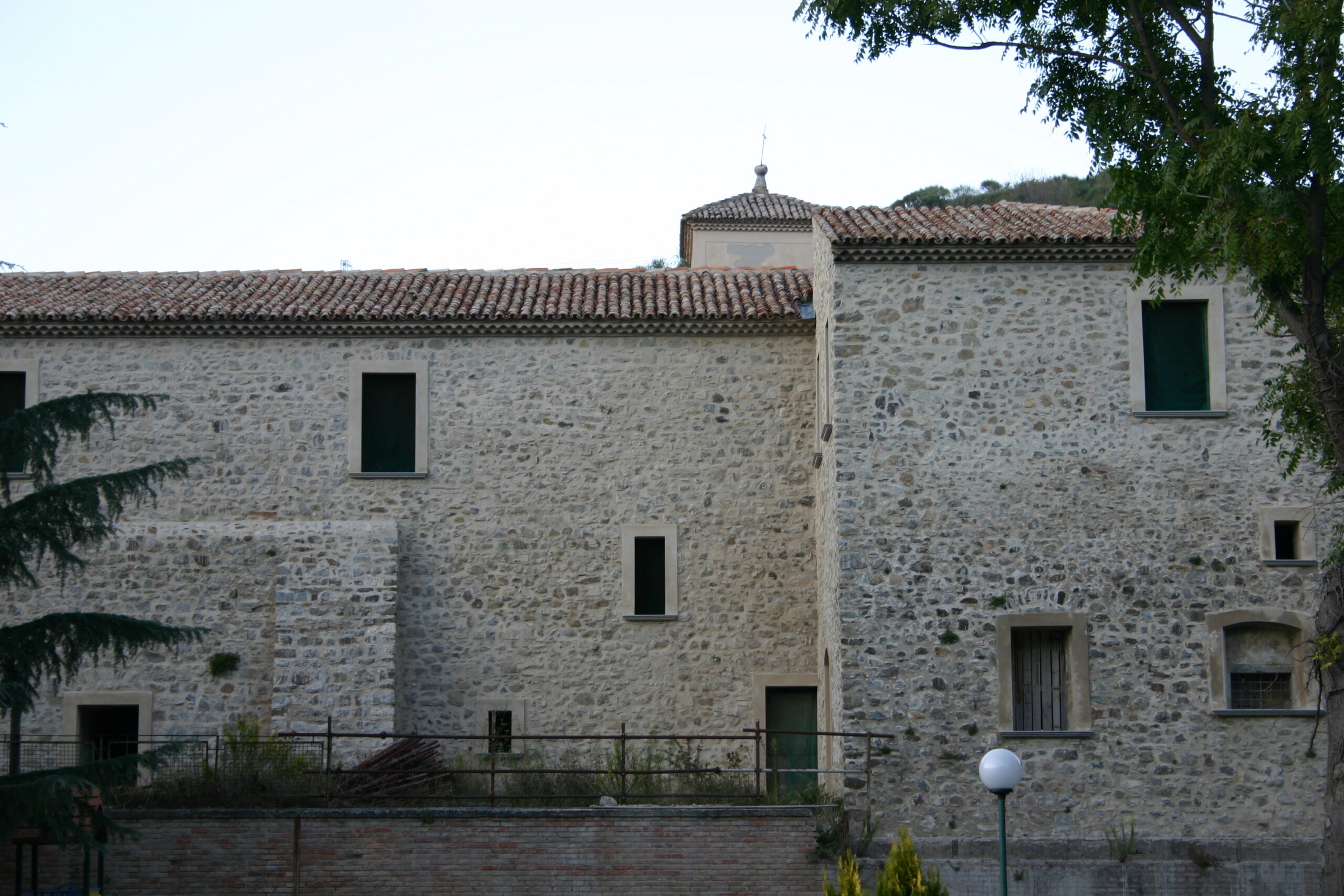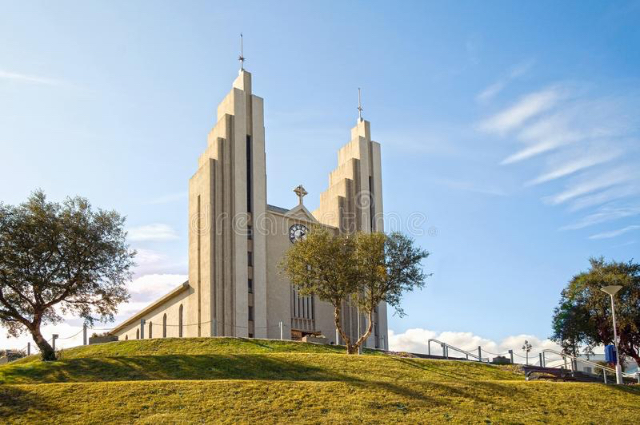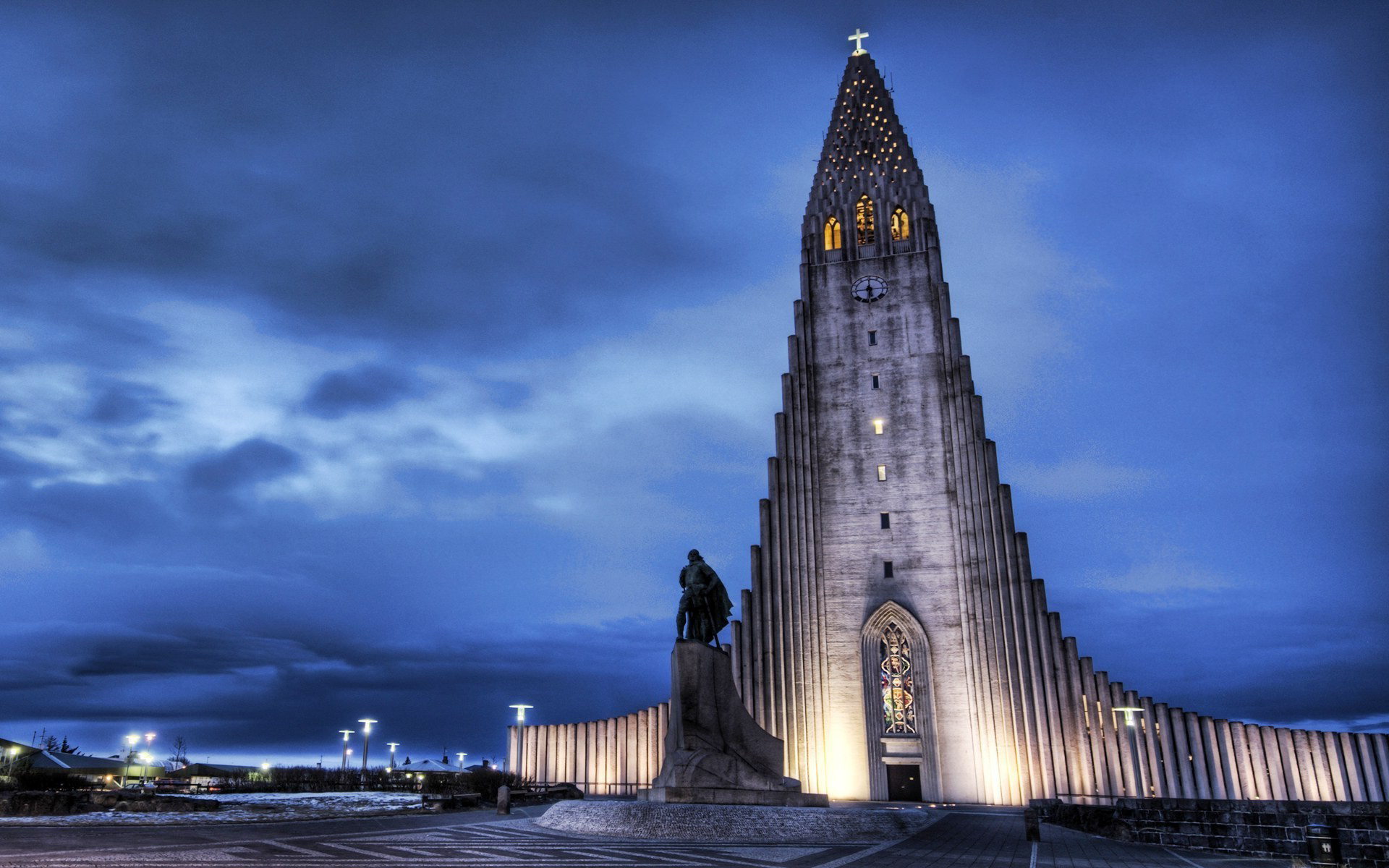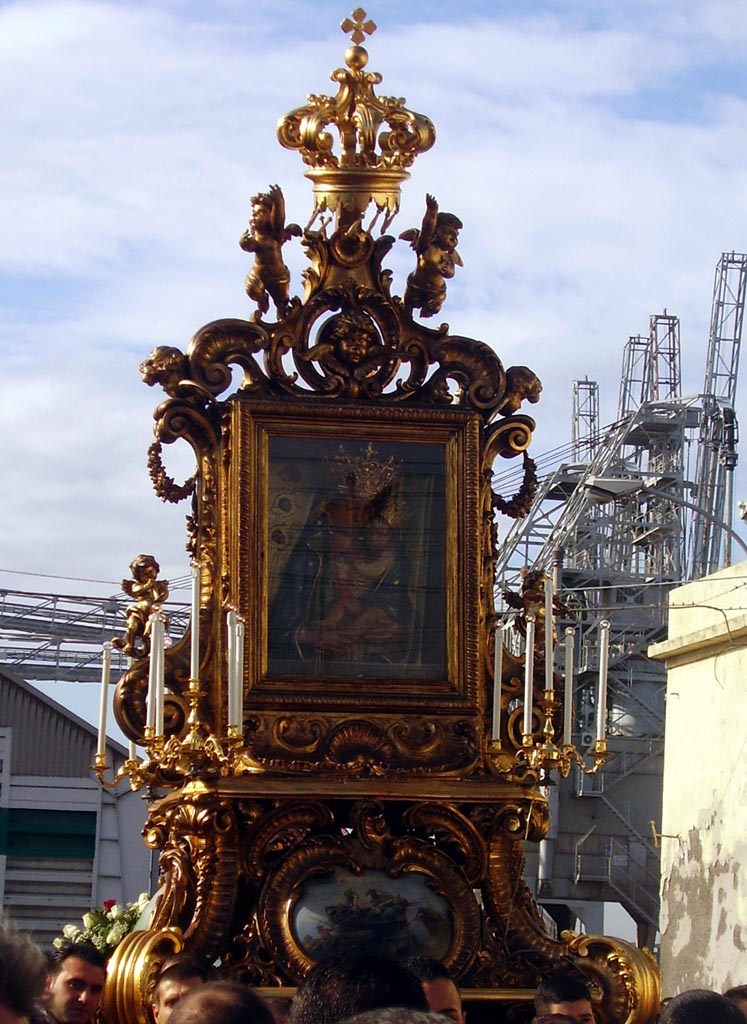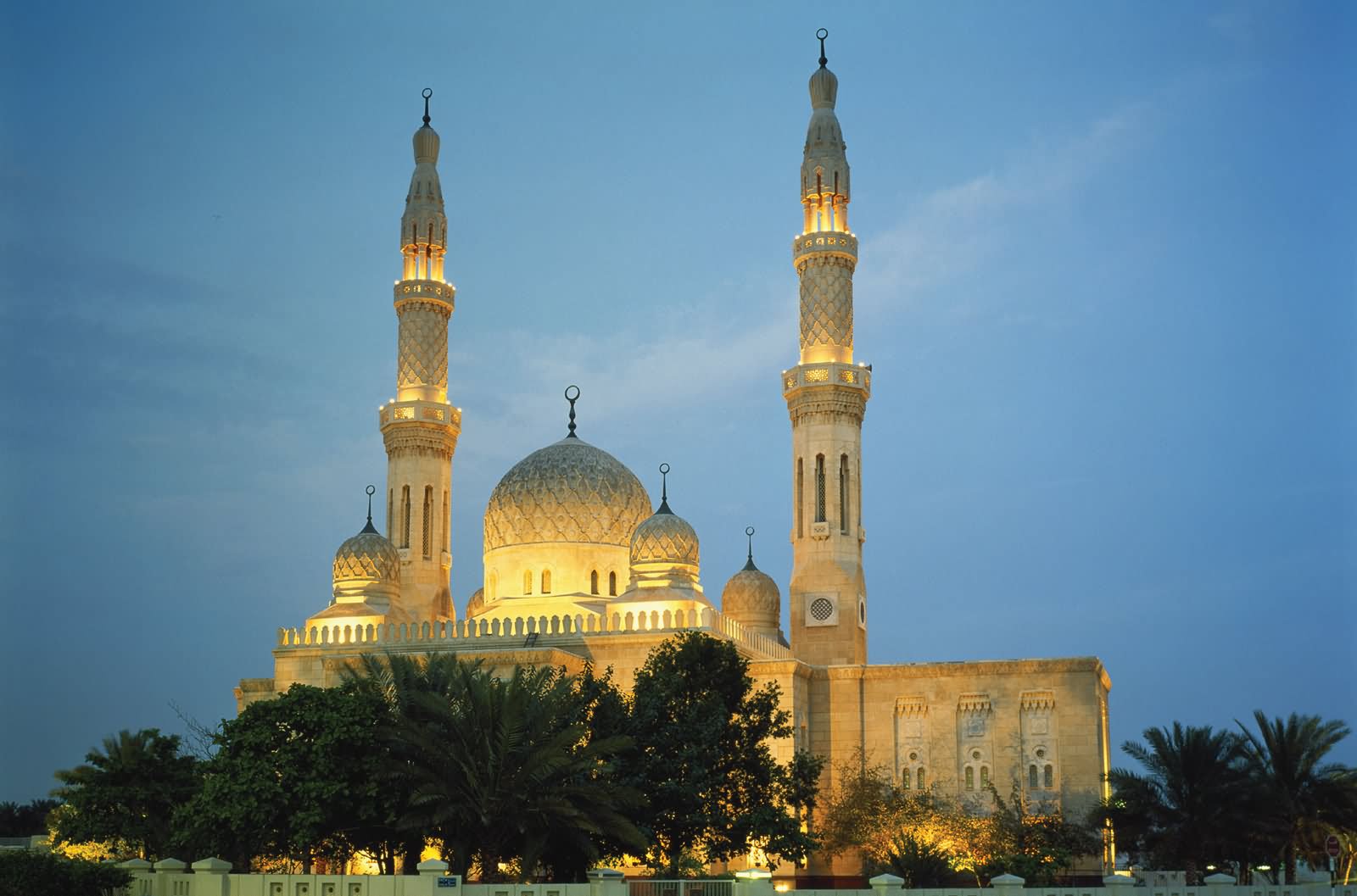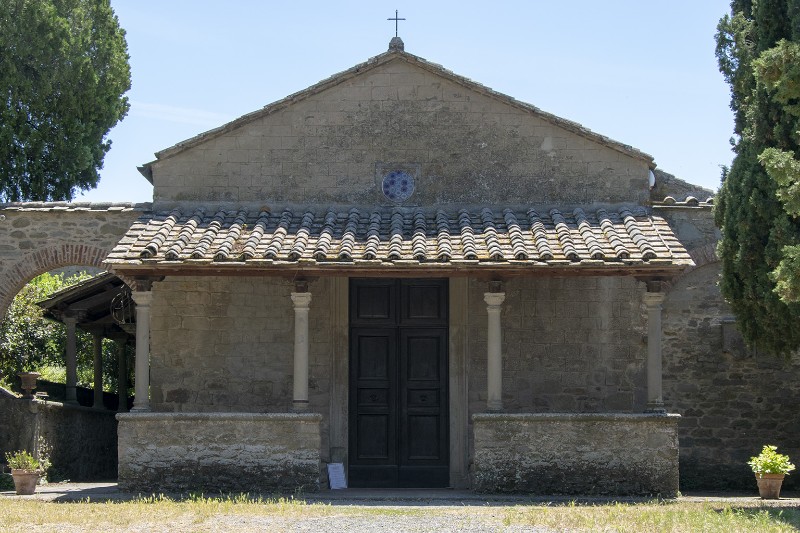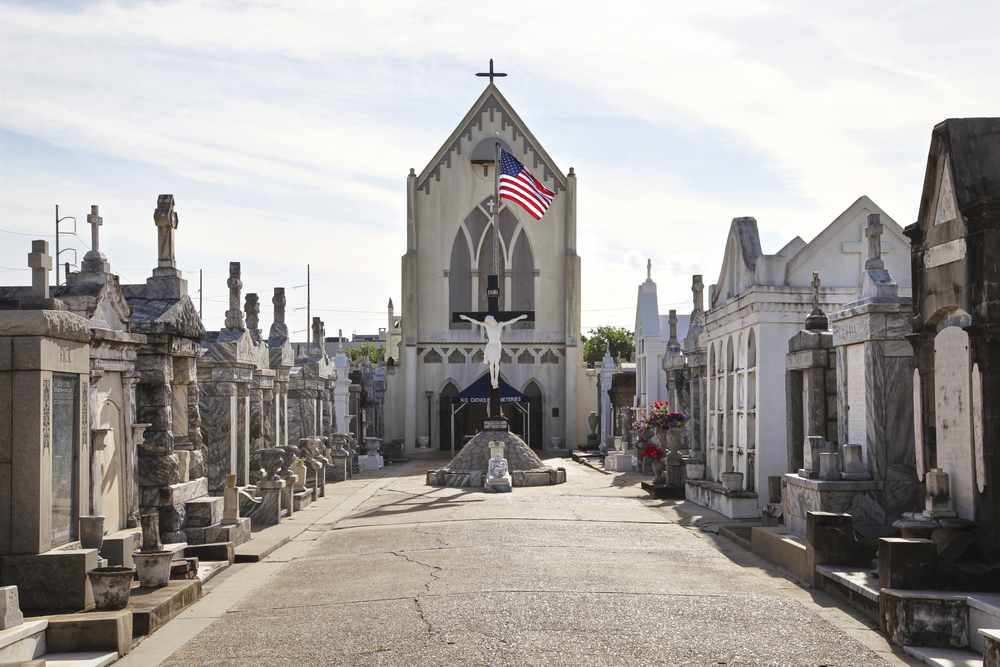Entering the town of Calvello from the south, one notices the interesting stone bridge of Sant’Antuono, dating back to the 12th century. The bridge connects the Rione Sant’Antuono with the Rione il Piano, where the conventual complex of S. Maria de Plano is located.
The Convent is articulated around the quadrangular cloister, with a central well, frescoed along the vaults in its four wings.
The construction of the whole complex is typical of Benedictine abbeys: massive and robust, safe in defense. The church is in Romanesque style with a nave and two aisles, divided by sturdy stone pillars, slender and harmonious, severe and devout. The columns and the arches rise in a momentum as a prayer that invites visitors to kneel down, makes him feel close to the divinity, and infuses tranquility and peace. As a whole, it is a solid, well-proportioned, finished organism, with a simple and rough appearance, but solemn and grandiose. The external outline is no longer that of the Benedictines, creators and builders. Of the ancient structure have remained, miraculously intact, the two portals: the central one richer, and the side. They have Corinthian style capitals, finely worked and fancifully decorated with plant motifs in the form of a helmet of acanthus leaves, certainly among the most valuable of the Lucanian Corinthian style. They also saved part of the facade and the nave, recently freed from the plaster.
The church was founded by the Benedictines and then passed to the Franciscans.
From the church it is possible to admire the two portals with Corinthian style capitals finely worked and decorated with plant motifs in the form of acanthus leaves, made in the workshop of Melchiorre da Montalbano (arch. scult. doc. 1273-1279).
Inside, the wooden statue of the Madonna of 1100, the high altar in baroque style and a wooden choir of 1800.
Near the Abbey, a few meters away, stood the small church of Santa Caterina, which the fury of innovation swept away around 1931. The friars built it, perhaps to make it a branch of Santa Maria. It is mentioned in a manuscript of 1189 in which it is stated that Normanno, Count of Marsico, donated to Rado, abbot of Santo Stefano, two churches: one titled ‘S. Nicola’, quae fondata est versus castellum Calveli’, and the other ‘S. Catharinae’, qua est iusta fluvium, prope ‘Calvellum’ .
In the sacred temple is preserved a statue of the Virgin of great interest. It represents the Mother of God, seated with the Putto in her lap: S. Maria ‘de Plano’. It is a sculpted stump in pure Byzantine style. The aspect and the bearing of the simulacrum are severe, majestic, regal and at the same time very sweet. It has a smile just sketched, but persuasive. The figure is warm, the look reassuring. With the three fingers of his right hand he holds a small globe, while his left hand lovingly welcomes his Son who is in the act of blessing. The features are anatomically perfect: the tapered fingers, the slightly elongated face, the head bowed towards the Putto, the hair gathered in the manner of the regal women of the time. On her chest shone a gem; the mantle descended lightly from her shoulders, wrapping her gently; her neck, well turned out, was completely free of jewels or necklaces. The Son who sits on her lap is of the apparent age of 5-6 years, extraordinarily similar to the Mother. The attitude is gentle, the look innocent, while with the right hand blesses, with the left invites you to go to him, with confidence and security.
The splendor of the Cenobio and the church lasted until the end of 1300, when the congregation died out with the death of the last abbot, and the female abbey of Santa Maria ‘de Plano’ followed suit. The buildings fell into neglect and decay.
To the material ruins was added the damage inflicted on cultural and artistic values. The manuscripts, the codices, the paintings, the sculptures and all the knowledge that had been patiently, tenaciously and studiously collected by the religious were dispersed and squandered. The various owners of the two abbeys, who had in command or administration the two abbeys, were only concerned with claiming and exploiting the considerable revenues.
Nothing was done, for about two centuries, to save such a rich patrimony of art, especially if located in districts far from the centers. And where and when this occasionally happened, the "Baroque" could not stand the structures of the "Romanesque", severe in the majesty of the lines and bare of fantasy, oppressing them by filling them with contrasting superimpositions, creating decomposed hybrids.
While the Abbey of San Pietro ‘A Cellaria’, was assigned to the Sistine Chapel and transformed by the tenants into a shelter for herds and storage of cereals, and then sold in pieces in 1931 to the farmers, Santa Maria ‘de plano’ had a better fate. After being aggregated to the Chapel of the Holy Crib of Santa Maria Maggiore in Rome in 1503, and still previously given to the Abbot of St. Stephen of Marsico, Pope Sixtus V in August 1587, with the bull ‘Piis fidelium votis’, being titular Abbot Orazio Celso, Roman cleric, suppressed the priory and entrusted church and convent, now almost completely ruined, to the Minor Observants of St. Francis.
In the reconstruction, to which the Franciscans immediately gave hand, was not respected the original style. The friars drowned the ‘Romanesque’ in the ‘Baroque’, not even sparing the statue that had the head covered by a wig with ringlets, and the coating altered by superimpositions.
